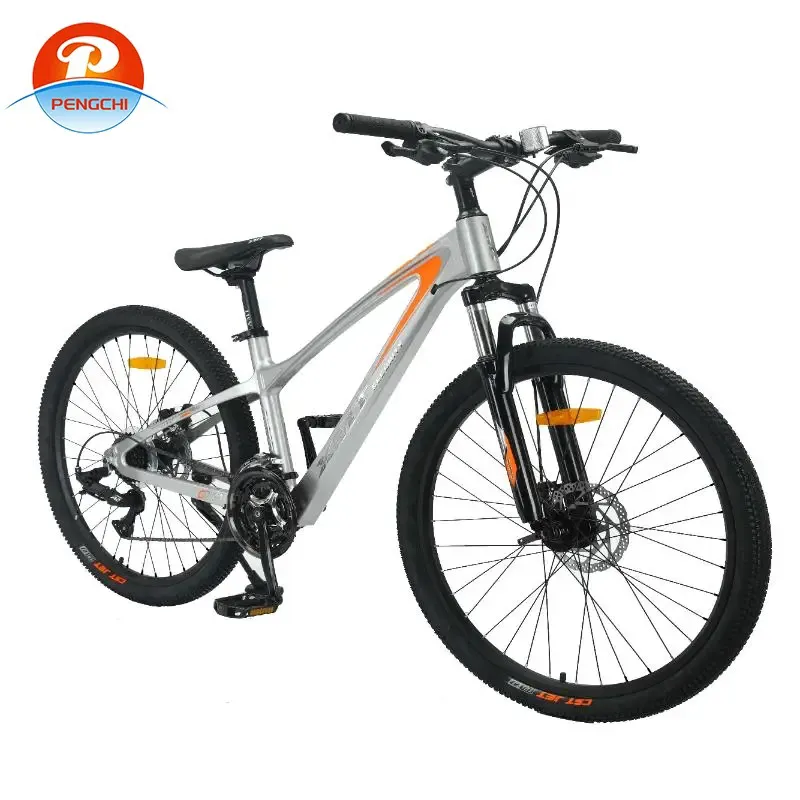
-
 Afrikaans
Afrikaans -
 Arabic
Arabic -
 Belarusian
Belarusian -
 Bengali
Bengali -
 Bulgarian
Bulgarian -
 Croatian
Croatian -
 Czech
Czech -
 Danish
Danish -
 Dutch
Dutch -
 English
English -
 Finnish
Finnish -
 French
French -
 German
German -
 Greek
Greek -
 hawaiian
hawaiian -
 Hebrew
Hebrew -
 Hindi
Hindi -
 Hungarian
Hungarian -
 Indonesian
Indonesian -
 irish
irish -
 Italian
Italian -
 Japanese
Japanese -
 Javanese
Javanese -
 kazakh
kazakh -
 Khmer
Khmer -
 Korean
Korean -
 Kyrgyz
Kyrgyz -
 Lao
Lao -
 Latin
Latin -
 Luxembourgish
Luxembourgish -
 Malay
Malay -
 Myanmar
Myanmar -
 Norwegian
Norwegian -
 Persian
Persian -
 Polish
Polish -
 Portuguese
Portuguese -
 Romanian
Romanian -
 Russian
Russian -
 Serbian
Serbian -
 Slovak
Slovak -
 Somali
Somali -
 Spanish
Spanish -
 Swedish
Swedish -
 Tagalog
Tagalog -
 Thai
Thai -
 Turkish
Turkish -
 Turkmen
Turkmen -
 Ukrainian
Ukrainian -
 Uighur
Uighur -
 Vietnamese
Vietnamese
Nov . 19, 2024 06:49 Back to list
how to choose a beginner mountain bike
How to Choose a Beginner Mountain Bike
Selecting your first mountain bike can be an exhilarating yet daunting task. With a vast array of options on the market, knowing what to look for can significantly enhance your cycling experience. Here’s a comprehensive guide to help beginners choose the right mountain bike tailored to their needs.
1. Understand Your Riding Style
Before diving into specifications, it’s essential to identify how you plan to use your mountain bike. Different riding styles cater to various types of bikes. For instance
- Cross-Country (XC) If you enjoy racing or prefer riding on smoother trails, a light, speedy mountain bike will suit you best. - Trail Riding A versatile bike that can handle diverse terrains is ideal for trail enthusiasts. - All-Mountain or Enduro If you’re eager to tackle steeper descents and rugged paths, consider a more robust bike designed for technical trails.
By defining your primary riding style, you can narrow down your options significantly.
2. Wheel Size Matters
Mountain bikes typically come with three main wheel sizes 26-inch, 27.5-inch, and 29-inch. Each size has its characteristics
- 26-inch Wheels These offer better maneuverability, making them suitable for technical trails but may not roll over obstacles as easily. - 27.5-inch Wheels This size strikes a balance between speed and agility, providing a versatile choice for most riders. - 29-inch Wheels These larger wheels roll over obstacles more easily and maintain speed on flat terrains, but they can be harder to handle in tight turns.
For beginners, 27.5-inch wheels are often recommended due to their balance of speed and control.
how to choose a beginner mountain bike

Mountain bike frames come in several materials, each with its pros and cons
- Aluminum The most common material for beginner bikes, it is lightweight, affordable, and resistant to rust. - Steel While heavier, steel offers durability and comfort, making it ideal for those who prioritize a smooth ride. - Carbon Fiber Found in higher-end bikes, carbon fiber is lightweight and strong but comes with a hefty price tag, which may not be suitable for beginners.
For beginners, aluminum frames are typically the best choice, providing a good balance of weight and cost.
4. Suspension Types
There are three primary suspension systems to consider
- Hardtail Bikes with front suspension only. They are lighter, more efficient on climbs, and easier to maintain, making them a great option for beginners. - Full Suspension These bikes have both front and rear suspension, offering greater comfort and control over rough terrains but come at a higher price and weight. - Rigid Bikes without any suspension. While they are simple and inexpensive, they may not provide a comfortable ride on challenging trails.
For beginner mountain bikers, a hardtail is often recommended due to its efficiency and straightforward handling.
5. Fit and Comfort
Regardless of all technical specifications, the most crucial factor in selecting a mountain bike is ensuring a proper fit. A bike that is too big or too small can lead to discomfort and even injury. When trying out a bike, make sure you can stand over the frame comfortably, and reach the handlebars without straining. If possible, take a test ride to get a feel for the bike.
Conclusion
Choosing a beginner mountain bike involves understanding your needs and preferences in riding styles, wheel sizes, frame materials, suspension types, and fit. Taking the time to research and test different bikes will pay off, ensuring you have a rewarding experience on the trails. Enjoy your ride and happy cycling!
-
New Red Anti-theft E-Bike | Easy Ride City Commuter
NewsJul.31,2025
-
BMX 20 Inch Bikes for Freestyle & Street | Fat Tire Options Available
NewsJul.30,2025
-
322 High Quality 26 Inch 21 Speed Adult Mountain Bike OEM MTB
NewsJul.29,2025
-
Specialized Kids Mountain Bikes - Safe, Durable & Fun Riding Experience
NewsJul.29,2025
-
Little Kids Mountain Bike - Lightweight Bikes for Young Riders
NewsJul.29,2025
-
Kids Mountain Bike Trek – Full Suspension for 6 Year Old Riders
NewsJul.29,2025

